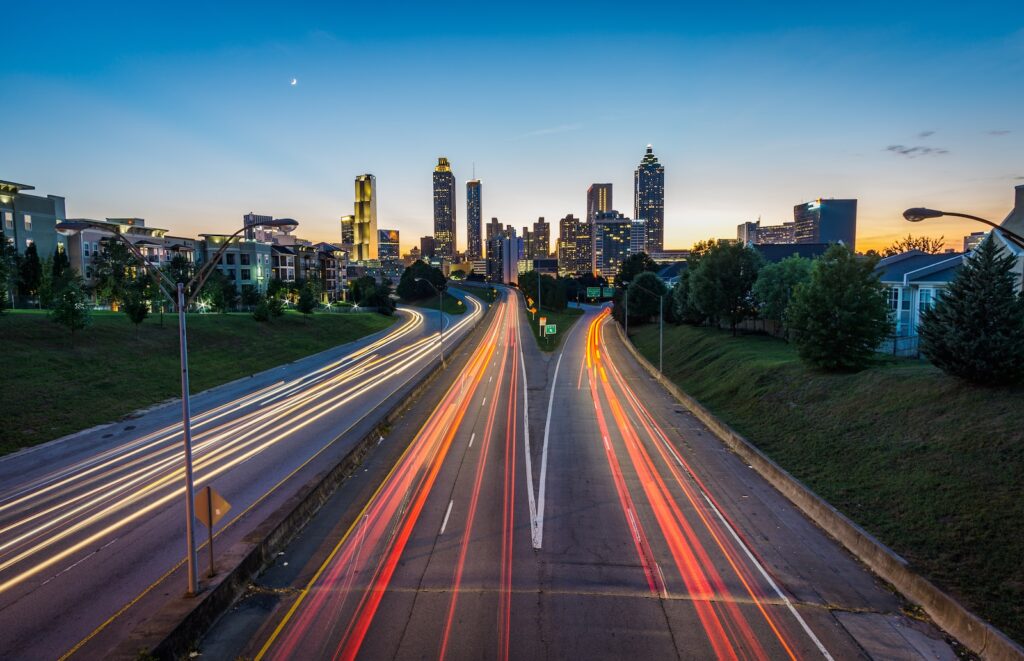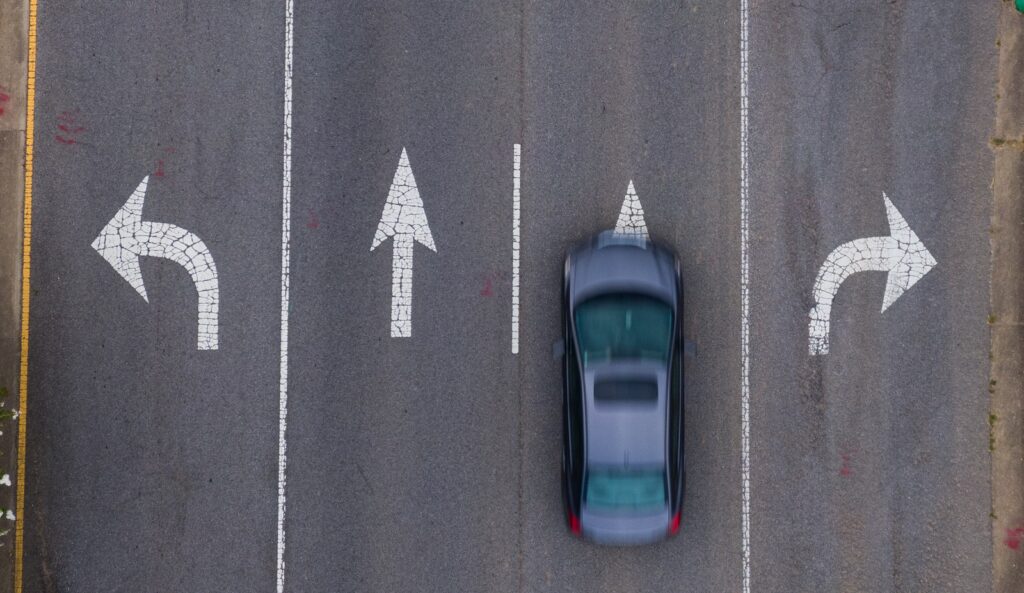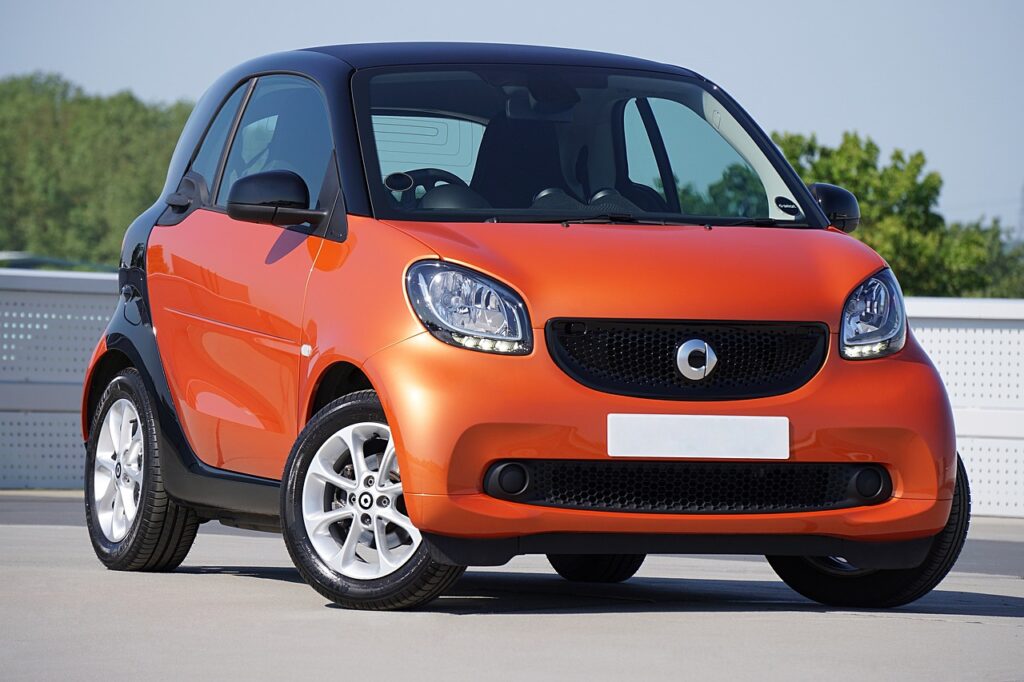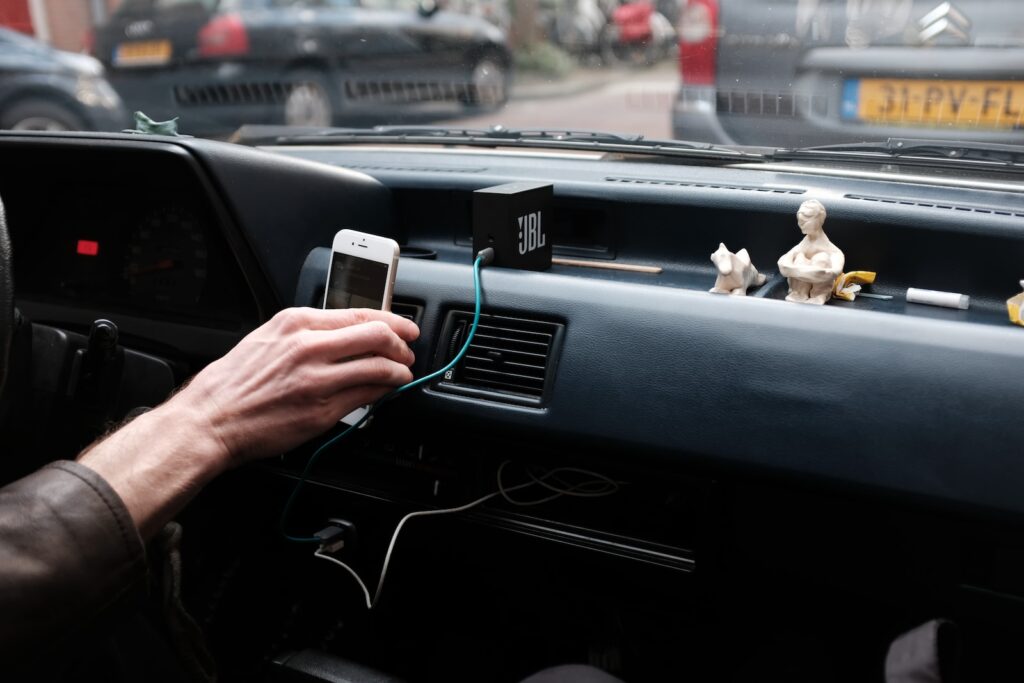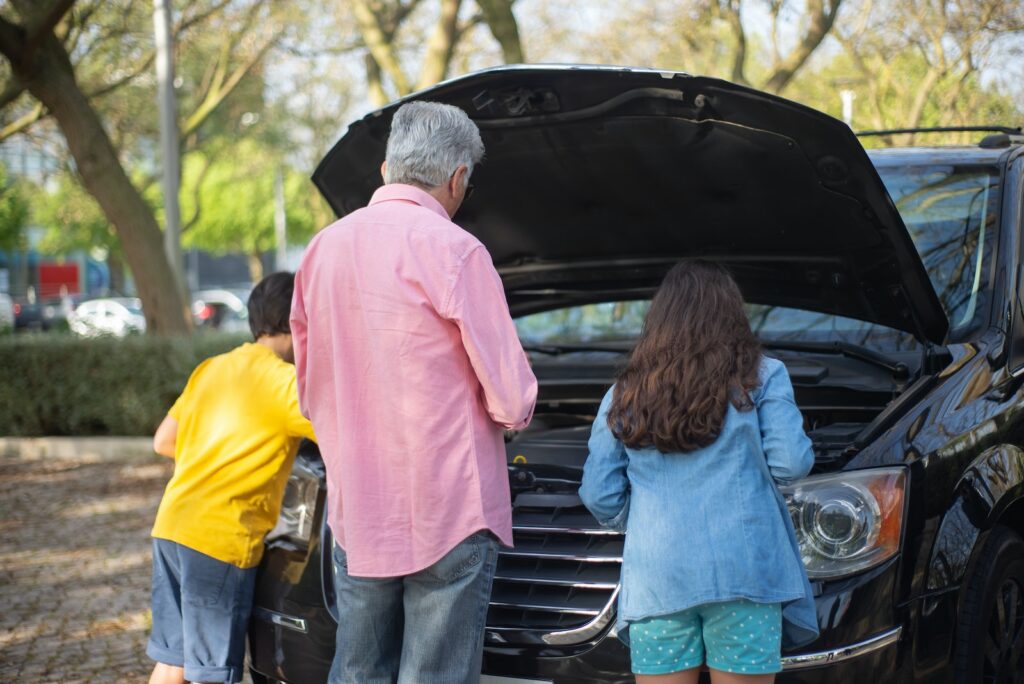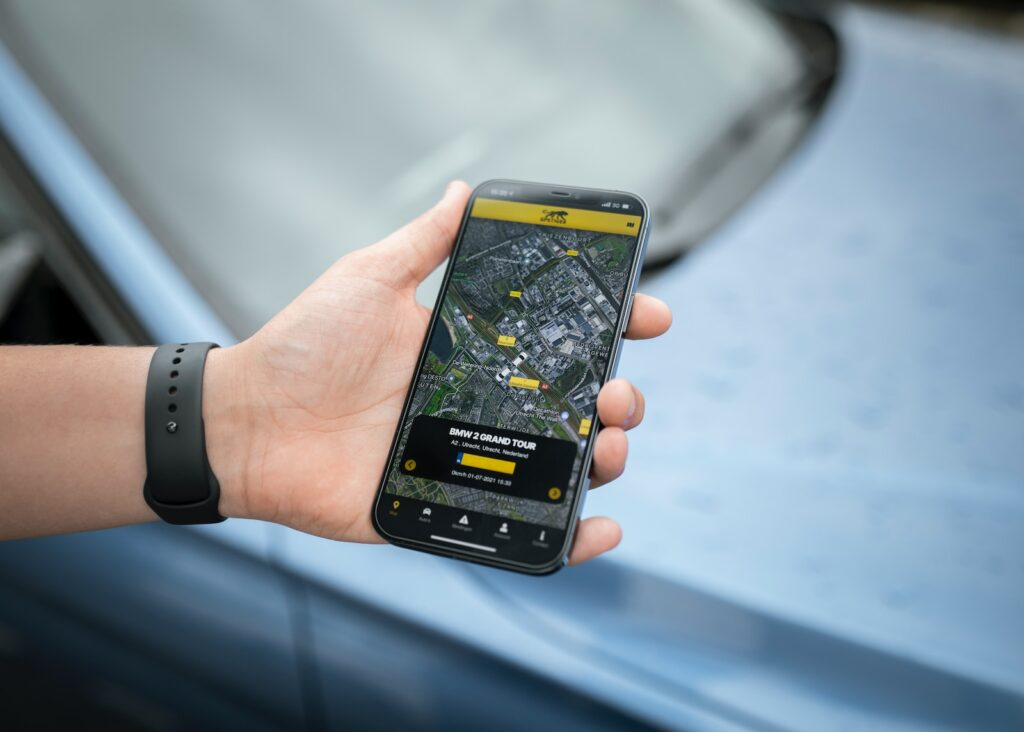Do you know how many hours you lose to traffic jams every year? The number might shock you. In our fast-paced modern society, where every minute counts, traffic congestion has become a major hindrance to our daily commute. The frustration of being trapped in never-ending lines of vehicles and the valuable time wasted on the road can greatly impact our productivity and overall well-being. Furthermore, traffic congestion also contributes significantly to air pollution.
Fortunately, there are innovative traffic solutions that have the potential to revolutionize the way we navigate our cities and towns. By exploring these innovative solutions, we can enhance road efficiency, reduce congestion, and positively impact society as a whole.
Table of Contents
1. Smart Traffic Lights
Smart traffic lights have emerged as a game-changer in tackling the persistent issue of traffic congestion. By integrating advanced sensors and artificial intelligence technology, these intelligent signals have the potential to revolutionize our commuting experience. With their ability to analyze real-time traffic patterns and adjust signal timings accordingly, smart traffic lights offer a proactive approach to optimizing traffic flow.
Equipped with cutting-edge sensors, these lights can detect the presence and movement of vehicles, pedestrians, and cyclists, allowing them to make informed decisions in real-time. By dynamically adapting signal timings based on the current traffic conditions, smart traffic lights minimize unnecessary stops, idle time, and overall congestion.
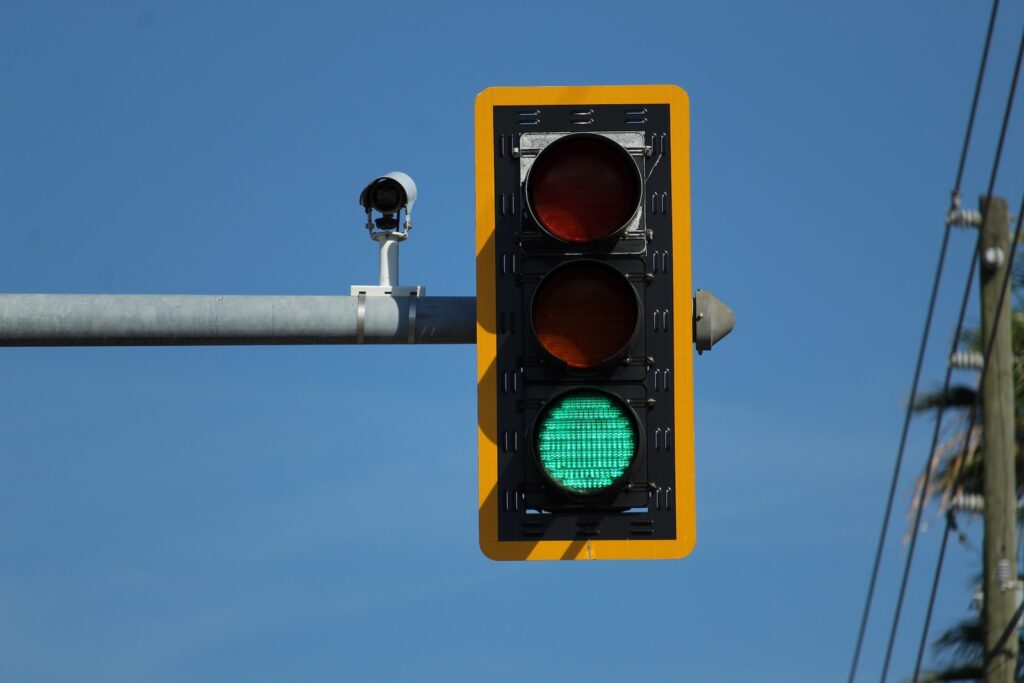
The integration of artificial intelligence further enhances the capabilities of these lights. By leveraging machine learning algorithms, they can continuously learn and adapt to changing traffic patterns, ensuring optimal traffic management. This means reduced wait times, smoother transitions between intersections, and an overall more efficient commute for drivers, pedestrians, and cyclists alike.
2. Carpooling and Ride-Sharing
Carpooling and ride-sharing are highly effective traffic solutions that address the challenges of traffic congestion while promoting sustainable commuting options. By actively encouraging and promoting these initiatives, we can make a substantial impact on reducing the number of vehicles on the road, which in turn leads to minimized traffic congestion and improved overall traffic flow.
Carpooling allows multiple individuals to share a single vehicle, maximizing the use of available space and reducing the number of cars on the road during peak commuting hours. This not only eases traffic congestion but also decreases the environmental impact caused by excessive carbon emissions.
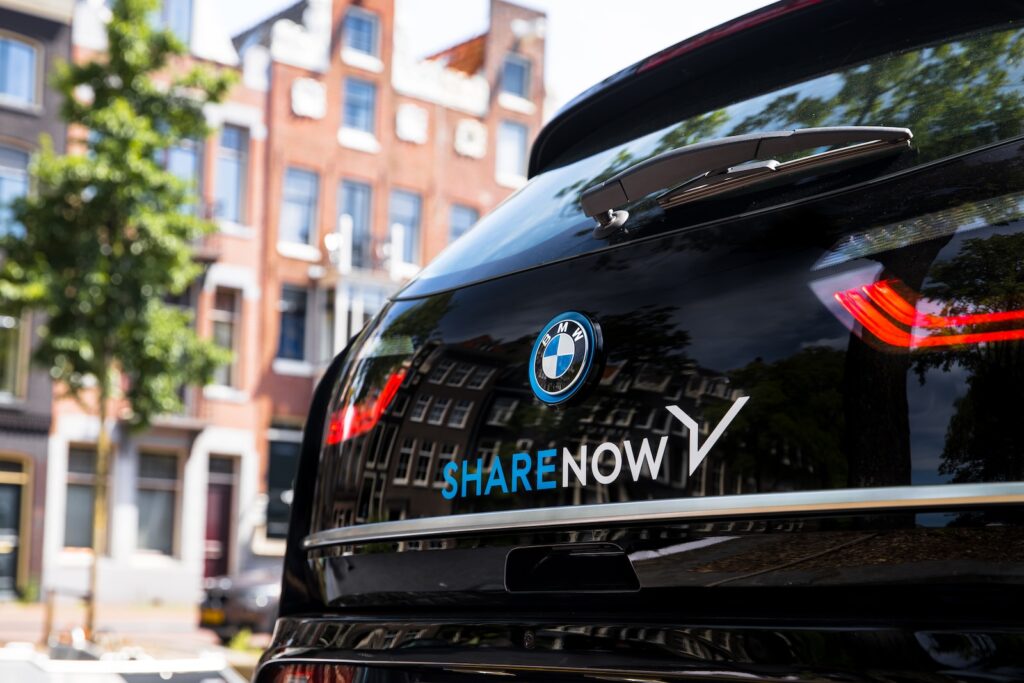
Similarly, ride-sharing services provide a convenient platform for individuals heading in the same direction to share a ride, effectively optimizing transportation resources and reducing traffic volume. By embracing these collaborative approaches, commuters can enjoy smoother journeys while collectively contributing to the alleviation of traffic congestion and the creation of more sustainable communities.
Furthermore, carpooling and ride-sharing initiatives go hand in hand with the growing trend towards eco-friendly transportation solutions. By actively promoting and incentivizing these practices, we can create a culture that embraces efficient and sustainable commuting options, resulting in a positive impact on traffic congestion and the overall well-being of our cities. If you want to read more about this subject, just check our article: Eco-Warrior Commuter: 6 Brilliant Sustainable Travel Solutions.
3. Dedicated Bus Lanes
Dedicated bus lanes are a crucial component of effective traffic solutions, offering a range of benefits that contribute to smoother and more efficient commuting. By designating specific lanes exclusively for buses, we can provide faster and more reliable bus services, which in turn encourages commuters to shift from private vehicles to public transportation.
The presence of dedicated bus lanes significantly improves the overall speed and reliability of bus services. With reduced interference from other vehicles, buses can navigate through traffic more efficiently, minimizing delays and ensuring timely arrivals and departures. This improved efficiency not only attracts existing bus riders but also entices more individuals to opt for public transportation, ultimately reducing the number of cars on the road and alleviating traffic congestion.
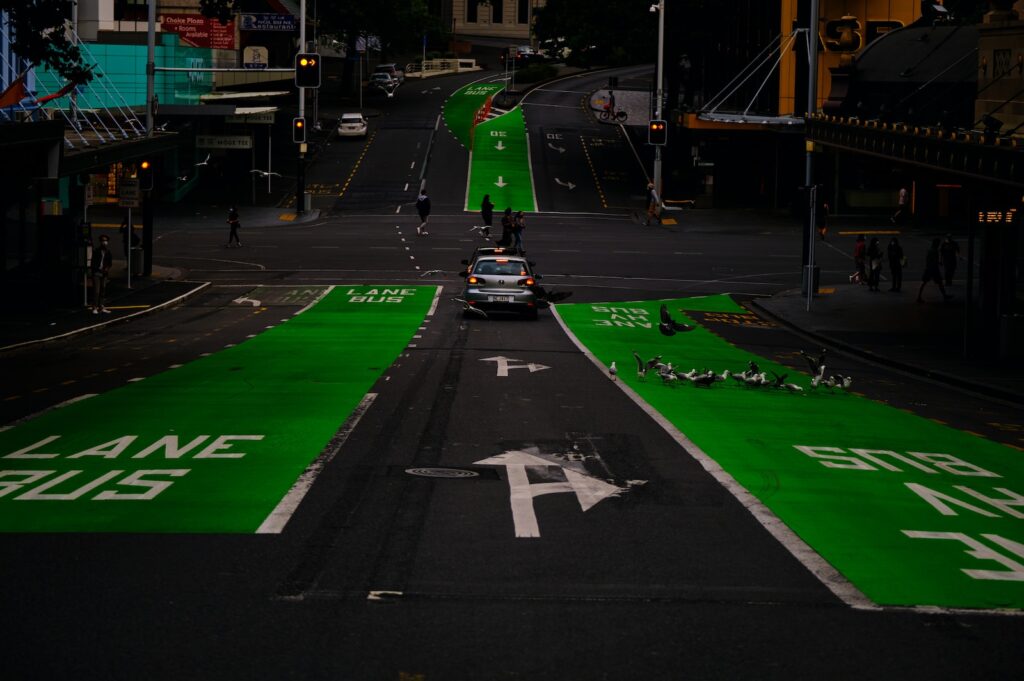
Moreover, dedicated bus lanes contribute to a more sustainable and eco-friendly transportation system. By promoting the use of public transportation, we can reduce carbon emissions and enhance air quality, addressing environmental concerns associated with heavy traffic. Encouraging commuters to switch from private vehicles to buses not only benefits individuals by providing a convenient and cost-effective transportation option but also promotes a collective effort towards building greener and more livable cities.
4. Integrated Traffic Management Systems
Integrated traffic management systems play a pivotal role in addressing the challenges posed by traffic congestion and serve as effective traffic solutions for creating a more streamlined and efficient commuting experience. By harnessing the power of real-time data, predictive analytics, and smart algorithms, these advanced systems enhance traffic management efficiency, leading to smoother journeys for all.
The integration of real-time data allows traffic management authorities to have comprehensive insights into the current traffic conditions, including congestion hotspots, traffic volume, and flow patterns. This information enables them to make informed decisions and implement dynamic strategies to alleviate congestion and optimize traffic flow in real-time. By proactively addressing traffic bottlenecks and adjusting signal timings, integrated traffic management systems can significantly reduce delays and improve overall travel times.
Predictive analytics plays a crucial role in these systems by analyzing historical data, weather forecasts, and other relevant factors to anticipate traffic patterns and potential congestion. This proactive approach empowers traffic management authorities to implement preemptive measures, such as rerouting or adjusting traffic signal timings, to mitigate congestion before it occurs.
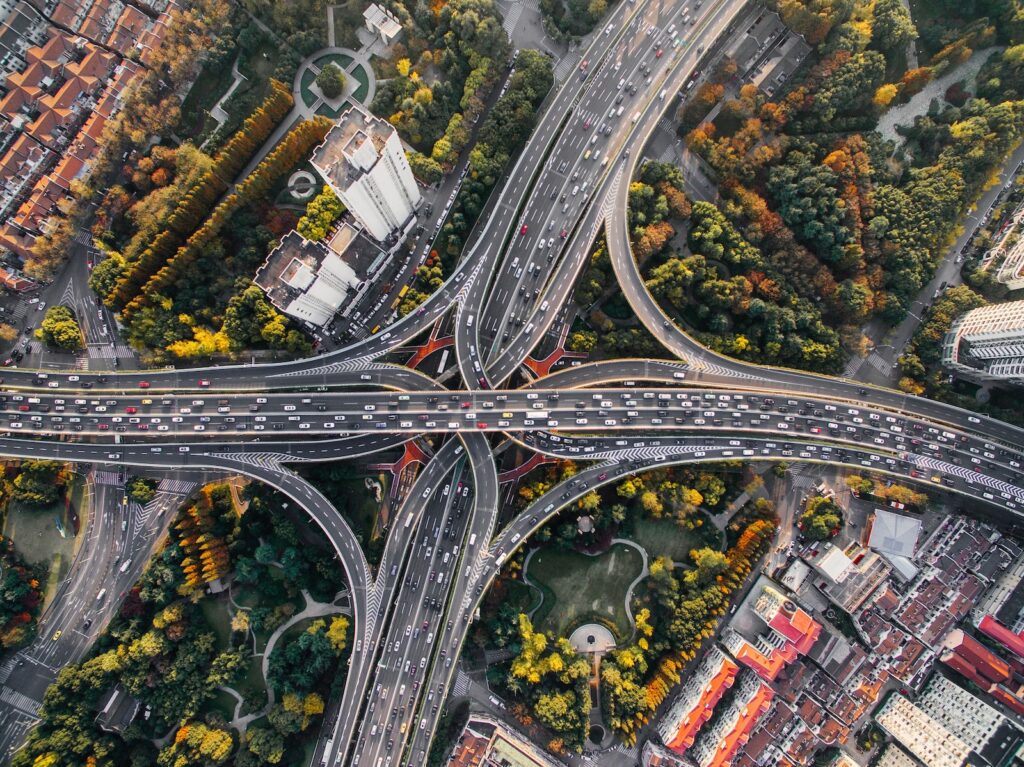
Smart algorithms further enhance the capabilities of these systems by continuously analyzing and optimizing traffic management strategies based on real-time data and predicted traffic patterns. These algorithms can dynamically adapt traffic signal timings, coordinate traffic flow at intersections, and provide adaptive route guidance to drivers, all aimed at reducing congestion and ensuring smoother journeys.
By utilizing integrated traffic management systems, cities and transportation authorities can harness the power of data-driven decision-making, predictive analytics, and smart algorithms to revolutionize traffic management. The result is a more efficient and responsive transportation network, providing commuters with smoother journeys, reducing travel times, and contributing to the overall improvement of traffic conditions in urban areas. These systems are key traffic solutions for transforming the way we manage and navigate traffic in our cities.
5. Traffic Incident Management
Traffic incident management is a critical aspect of traffic solutions that focuses on swiftly addressing accidents and breakdowns to minimize their impact on traffic congestion and ensure smoother flow. By implementing effective strategies, such as prompt clearance of incidents, cities can significantly reduce the duration of traffic disruptions and improve overall traffic flow.
When accidents or breakdowns occur, it is crucial to have streamlined procedures in place for assessing the situation, coordinating emergency response teams, and efficiently clearing the affected vehicles or debris from the roadway. Rapid incident clearance allows traffic to resume normal flow more quickly, preventing the accumulation of congestion and minimizing the ripple effects on surrounding areas.
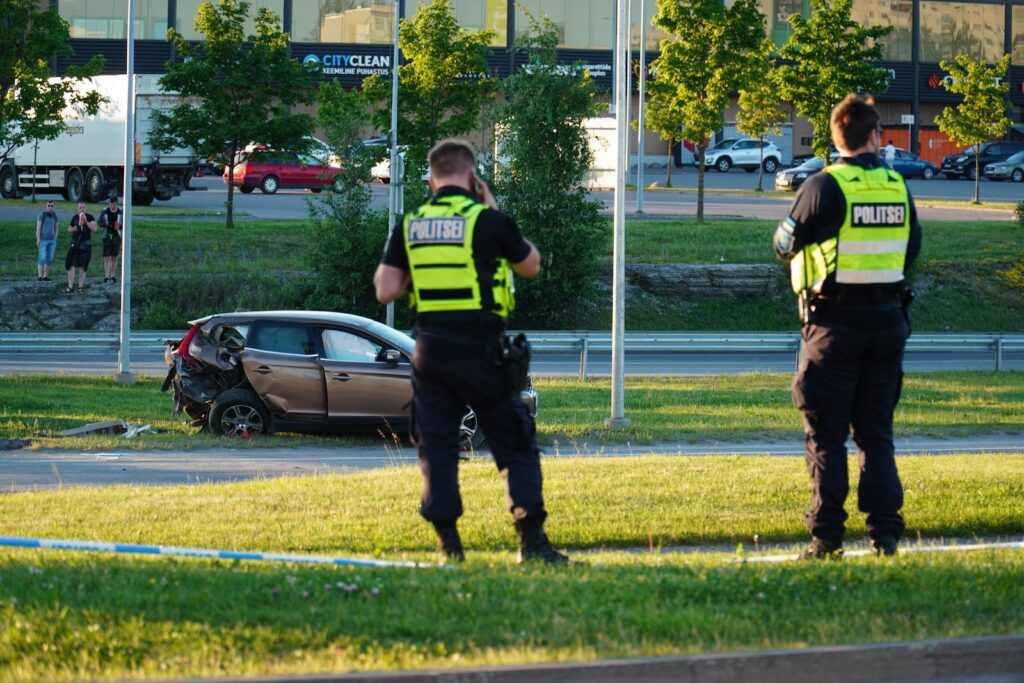
Moreover, effective traffic incident management involves utilizing advanced technologies, such as real-time incident detection systems and automated incident response mechanisms. These technologies enable authorities to promptly identify incidents, dispatch appropriate resources, and efficiently manage the traffic flow around the incident site.
By adopting comprehensive traffic incident management strategies, cities can not only reduce congestion but also enhance safety on the roads. Clearing incidents swiftly not only restores traffic flow but also minimizes the risk of secondary accidents caused by distracted drivers or unexpected obstacles. Overall, traffic incident management plays a vital role in maintaining efficient traffic flow and ensuring the safety and convenience of commuters on the road.
6. Bike-Friendly Infrastructure
Bike-friendly infrastructure is an integral part of traffic solutions aimed at promoting sustainable transportation and reducing traffic congestion. By creating well-designed bike lanes and fostering bike-friendly infrastructure, cities can encourage more people to choose cycling as a viable commuting option.
When cities prioritize the development of bike lanes and infrastructure that cater to the needs and safety of cyclists, it sends a clear message that cycling is valued as a mode of transportation. Well-designed bike lanes provide a dedicated space for cyclists, separating them from motorized traffic and enhancing their safety on the road.
Promoting bike-friendly infrastructure not only reduces traffic congestion by shifting some trips from cars to bicycles but also contributes to the overall well-being of individuals and communities. Cycling offers numerous health benefits, including improved cardiovascular fitness, reduced air pollution, and decreased reliance on fossil fuels.
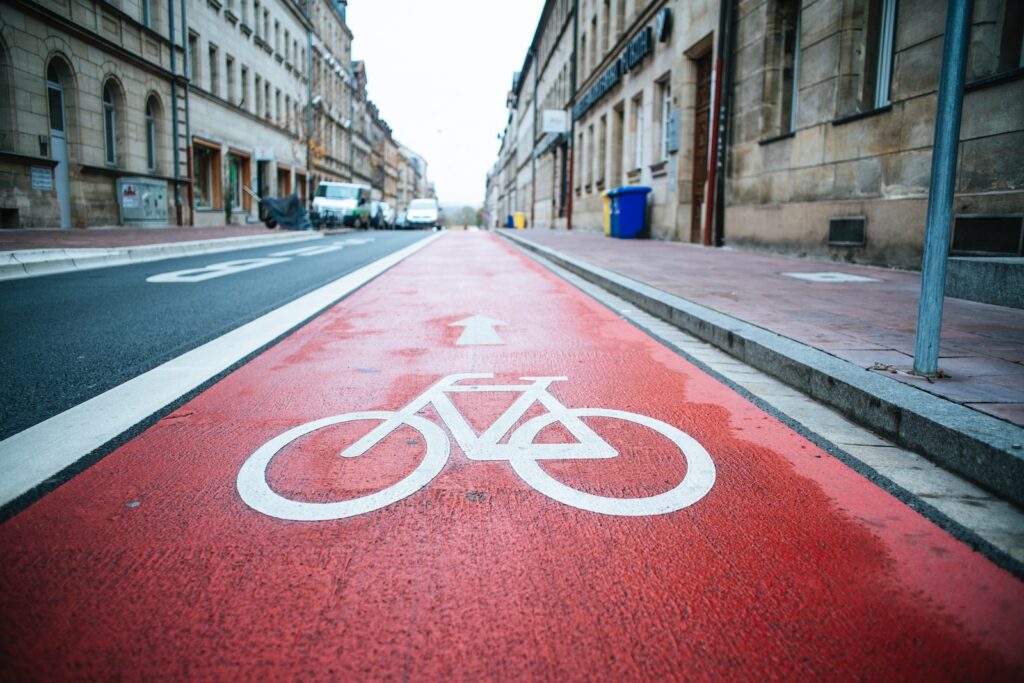
By integrating bike-friendly infrastructure into urban planning, cities can create a more balanced transportation network that accommodates the needs of cyclists alongside other modes of transportation. This approach not only reduces traffic congestion but also fosters healthier lifestyles, improves air quality, and enhances the overall livability of cities.
Investing in bike-friendly infrastructure is a long-term commitment to sustainable transportation and a key component of effective traffic solutions. It not only helps alleviate congestion but also promotes active and healthy lifestyles while minimizing the environmental impact of commuting.
7. Intelligent Transportation Systems
Intelligent Transportation Systems (ITS) play a crucial role in modern traffic solutions by harnessing advanced technologies such as GPS, sensors, and communication networks. These systems optimize traffic operations, resulting in reduced congestion and enhanced travel experiences.
By utilizing real-time data and predictive analytics, ITS enables traffic management authorities to make informed decisions and implement proactive measures to alleviate congestion. GPS technology helps monitor traffic flow and provide accurate information to drivers, guiding them towards less congested routes and reducing travel times.
Sensors integrated into road infrastructure detect traffic patterns, allowing for adaptive signal control and efficient management of intersections. This helps in maintaining smooth traffic flow and minimizing delays. Communication networks facilitate the exchange of data between vehicles, infrastructure, and traffic management centers, enabling coordinated actions for congestion mitigation.
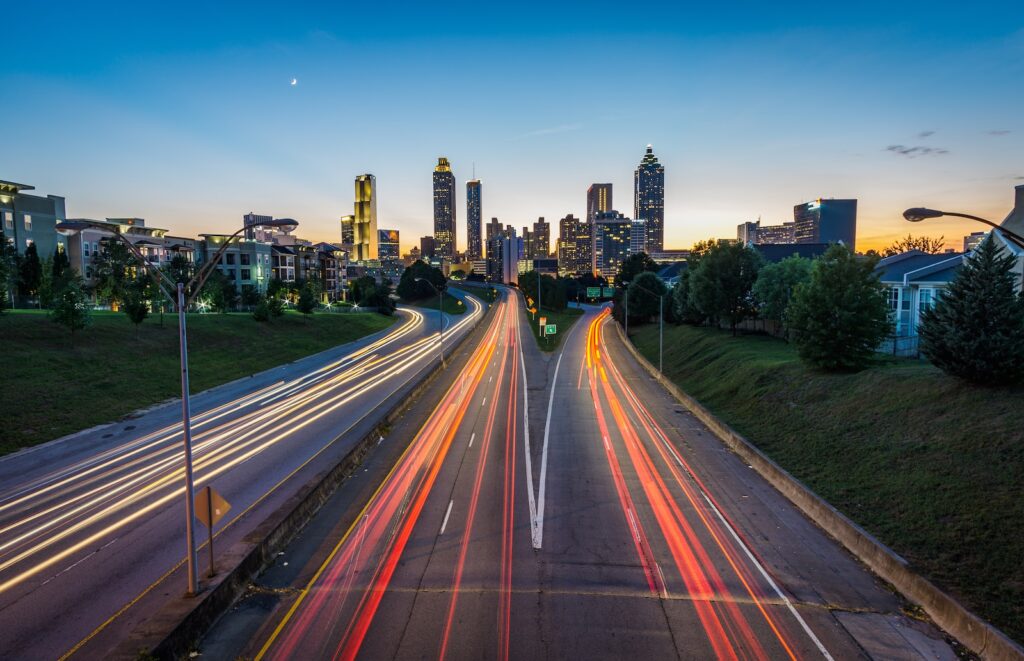
Intelligent Transportation Systems not only improve traffic flow but also enhance overall travel experiences. By optimizing operations and reducing congestion, they contribute to shorter travel times, increased reliability, and improved safety on the roads. Commuters can enjoy smoother journeys, reduced stress, and enhanced productivity.
The implementation of Intelligent Transportation Systems as part of comprehensive traffic solutions demonstrates a commitment to leveraging technology for efficient and sustainable transportation. These systems have the potential to transform the way we navigate our road networks, creating more seamless and enjoyable travel experiences while addressing the challenges posed by increasing urbanization and traffic demands.
8. Dynamic Congestion Pricing
Dynamic Congestion Pricing is a innovative approach to tackling traffic congestion. By adjusting toll rates based on real-time traffic conditions, this strategy discourages travel during peak hours and incentivizes commuters to explore alternative routes or modes of transportation.
The concept behind dynamic congestion pricing is to manage demand by making peak-hour travel more expensive, thereby encouraging commuters to adjust their travel times or choose different modes of transportation. By implementing this system, authorities can effectively reduce congestion on heavily traveled routes during rush hours.
The use of advanced technology and data analysis enables dynamic congestion pricing to accurately assess traffic conditions and adjust toll rates accordingly. This approach not only helps in alleviating congestion but also promotes a more efficient use of road capacity, reducing delays and improving overall traffic flow.
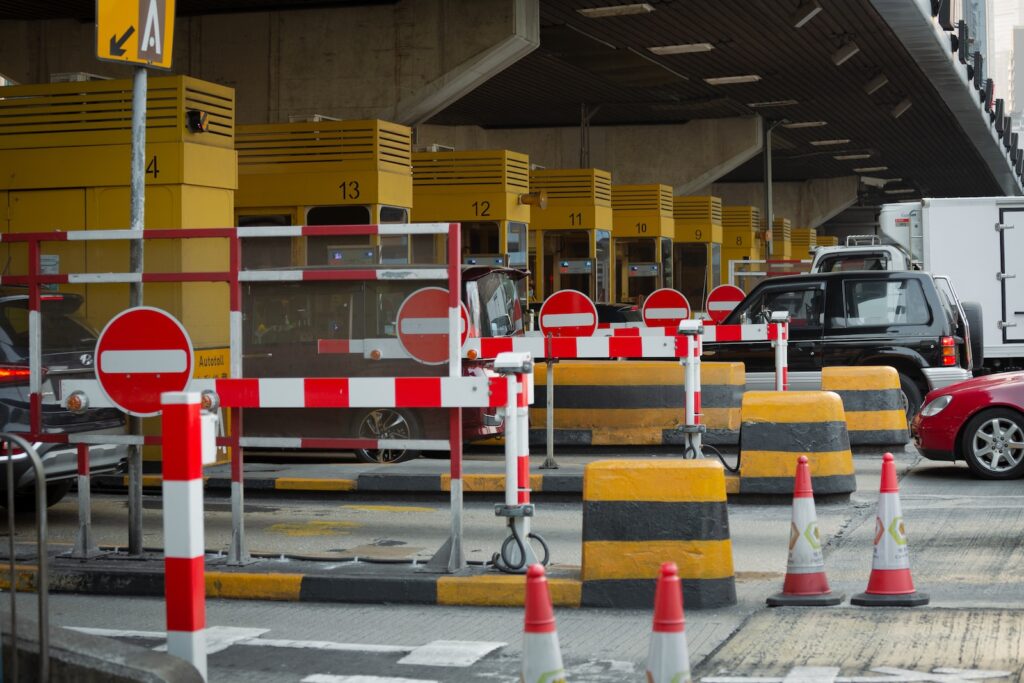
Moreover, dynamic congestion pricing serves as a revenue-generating mechanism that can be reinvested into further enhancing transportation infrastructure and implementing additional traffic solutions. It presents a sustainable approach to managing traffic demand and optimizing the utilization of existing road networks.
By incorporating dynamic congestion pricing as part of comprehensive traffic solutions, cities can effectively manage congestion, improve travel times, and promote more sustainable transportation choices. This approach contributes to creating a smoother and more efficient commuting experience for individuals while addressing the challenges posed by increasing urbanization and traffic demands.
9. Pedestrian-Friendly Infrastructure
Pedestrian-friendly infrastructure plays a crucial role in creating safer and more accessible cities. By developing well-designed pedestrian spaces, such as wider sidewalks, pedestrian-only zones, and improved crosswalks, we can enhance safety and promote walking as a viable commuting option, thereby contributing to effective traffic solutions.
Wider sidewalks provide pedestrians with ample space to navigate busy urban areas comfortably. They encourage walking as a convenient mode of transportation, reducing the reliance on cars and alleviating traffic congestion. Pedestrian-only zones create vibrant, pedestrian-friendly areas that prioritize the safety and convenience of those on foot, making the city more enjoyable for everyone.
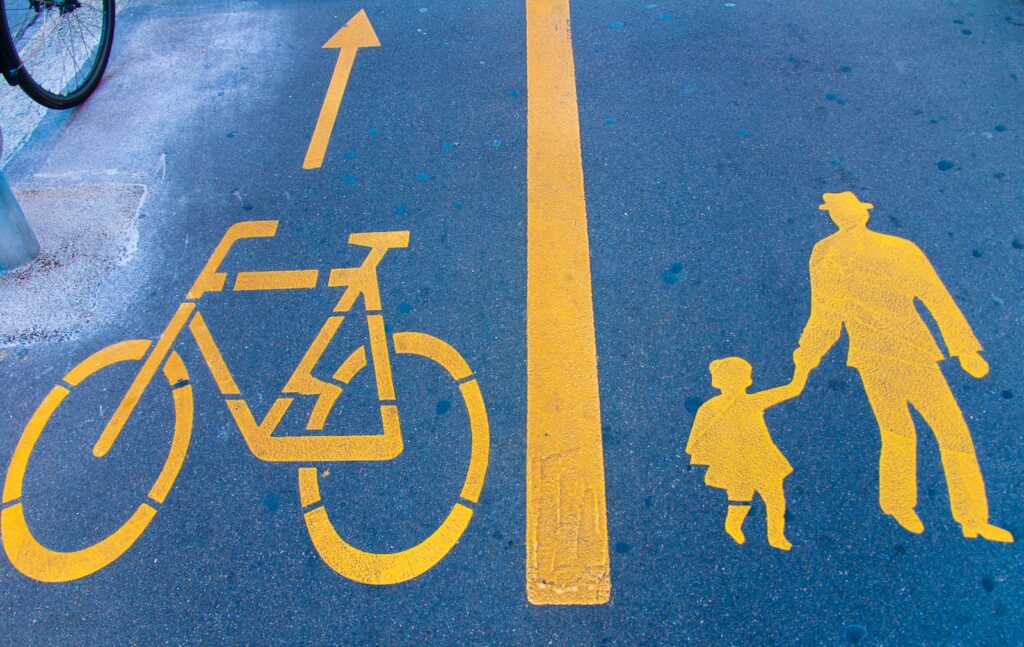
Improved crosswalks, equipped with clear signage and adequate visibility, enhance pedestrian safety and ensure smooth interaction between pedestrians and vehicles. By prioritizing pedestrian needs and creating a cohesive pedestrian network, cities can encourage people to choose walking as a viable alternative for short-distance trips, further reducing traffic congestion.
Investing in pedestrian-friendly infrastructure is not only beneficial for individuals but also for the overall livability and sustainability of cities. It promotes active lifestyles, reduces carbon emissions, and creates more inclusive communities. By incorporating pedestrian-friendly elements into urban planning and transportation strategies, we can foster a culture of walking and provide effective traffic solutions that prioritize safety, accessibility, and the well-being of pedestrians.
10. Future of Mobility
The future of mobility is filled with exciting possibilities, thanks to emerging technologies that have the potential to transform traffic management and revolutionize our commuting experience. Exploring advancements like autonomous vehicles, flying cars, and hyperloop systems opens up new avenues for efficient and sustainable transportation, offering effective traffic solutions for the challenges we face today.
Autonomous vehicles, equipped with sophisticated sensors and AI capabilities, can optimize traffic flow, reduce accidents, and enhance overall efficiency. These self-driving cars have the potential to communicate with each other and traffic management systems, creating a synchronized network that minimizes congestion and maximizes safety.
Flying cars, once considered a futuristic concept, are now becoming a reality. These vertical takeoff and landing vehicles can navigate congested urban areas, bypassing ground-level traffic and offering a new dimension to commuting. With proper infrastructure and regulations, flying cars can provide faster and more efficient transportation options, relieving the strain on traditional roadways.
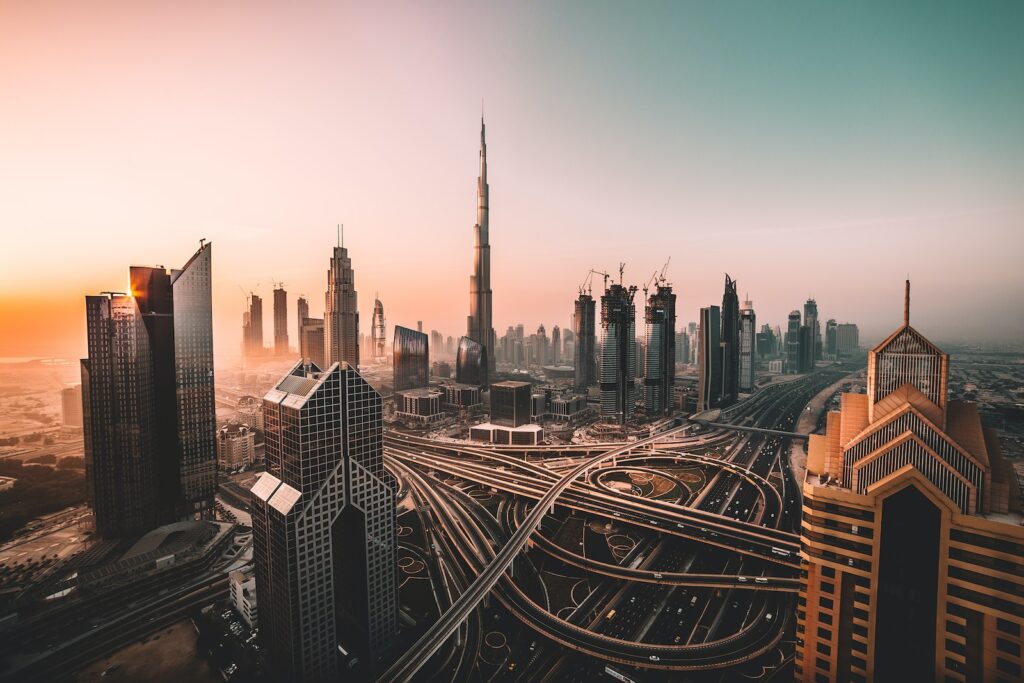
Hyperloop systems, utilizing high-speed capsules traveling through low-pressure tubes, present a revolutionary approach to long-distance travel. By reducing air resistance and friction, hyperloop technology can enable rapid and energy-efficient transportation, connecting cities and regions in record time.
By embracing these emerging technologies and investing in research and development, we can shape a future where commuting is faster, safer, and more efficient. These innovative solutions not only offer convenience but also contribute to reducing traffic congestion, minimizing environmental impact, and improving overall transportation systems. The future of mobility holds immense potential to transform our cities and pave the way for smarter, more sustainable traffic solutions.

